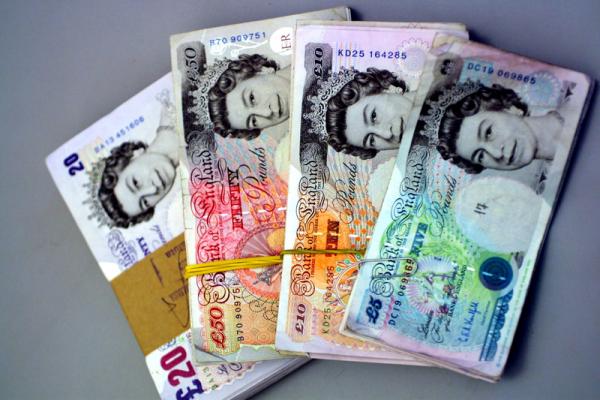GBP/AUD Exchange Rate Dips Amid Strong Australian Retail Data and UK Economic Concerns
A Downturn in the Exchange Rate
The exchange rate between the British Pound (GBP) and the Australian Dollar (AUD) experienced a downturn today. This dip can be attributed to strong Australian retail data and concerns about the UK economy. Last week, the currency pair also faced a decline due to disappointing labor market indicators in the UK and the anticipation of a rate hike by the Reserve Bank of Australia (RBA).
Impact of Australian Retail Data
The Australian Dollar (AUD) was bolstered by robust retail data in Australia, indicating solid consumer spending despite high inflation and interest rates. Taylor Nugent from National Australia Bank (NAB) suggested that this could lead the RBA to sustain its tightening policies. On the other hand, the British Pound (GBP) struggled due to a lack of data, raising investor apprehension about the UK economy and diminishing expectations for a rate hike by the Bank of England (BoE).
BoE’s Consumer Credit Report and Sterling’s Performance
The Bank of England’s consumer credit report indicated a deceleration in public borrowing, which might aid the UK economy’s recovery. However, the Sterling remained low due to factors such as the Israel-Hamas conflict and overall market sentiment.
Anticipation of Future Influences
The GBP/AUD exchange rate may be further influenced by several factors. These include the anticipation of a pause in the Bank of England’s tightening cycle, a future hawkish speech from RBA Assistant Governor Brad Jones, and recent hawkish indications from the RBA suggesting another interest rate hike. Additionally, the performance of the Australian Dollar may be affected by October’s manufacturing Purchasing Managers’ Index (PMI). If the market mood turns sour, the AUD, being riskier compared to the Sterling, may weaken.
Previous Fluctuations in the Exchange Rate
Last week, the GBP/AUD exchange rate reached a five-week high amidst an anxious market mood, only to face pressure due to contractions in the UK’s manufacturing and service sectors. A midweek high inflation reading in Australia pushed the AUD to a three-week high against the GBP. This momentum was momentarily weakened by RBA Governor Michele Bullock’s indifferent stance on the inflation surge until Westpac forecasted a November RBA rate hike, restoring AUD’s strength.
Key Events to Monitor
It is crucial to watch for key events that could cause fluctuations in the GBP/AUD exchange rate. These include the Bank of England’s interest rate decision and Australia’s September trade surplus. Furthermore, a dovish decision by the Federal Reserve could alter the market mood and subsequently impact the Australian Dollar.
This article provides an analysis of the GBP/AUD exchange rate and the factors influencing it. It aims to offer insights into the current market conditions without attributing the content to any specific source.



